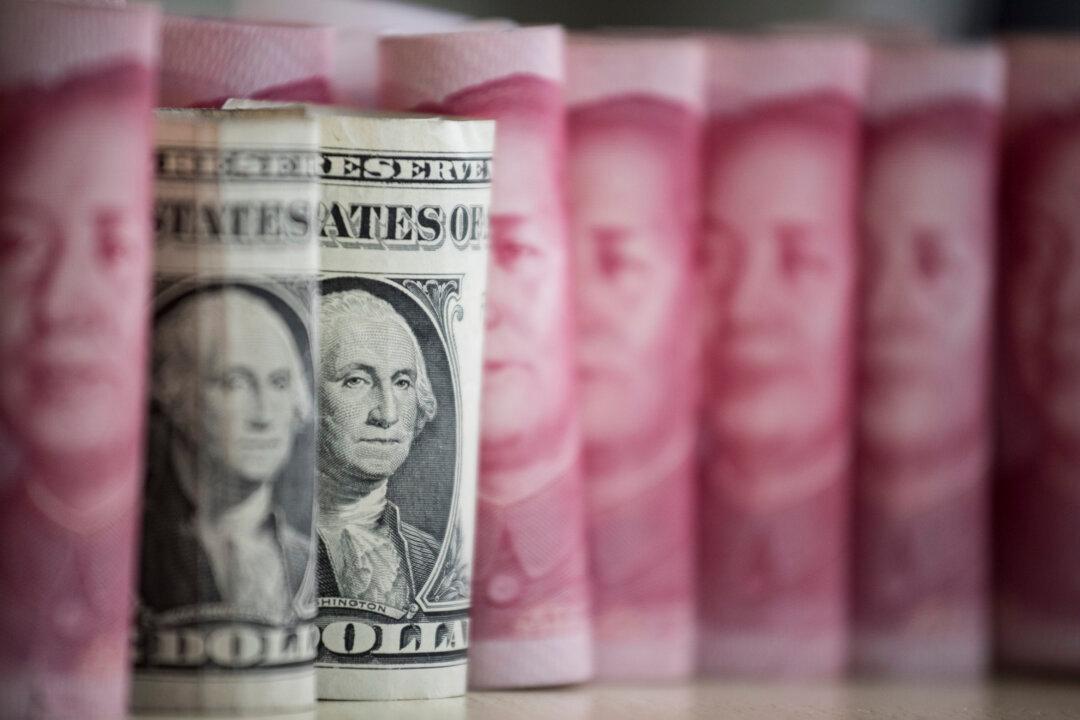Commentary
Former President Donald Trump has expressed concern that China could displace the U.S. dollar as the global reserve currency. The warning follows reports of agreements between various nations to use the yuan in commodity transactions.

Former President Donald Trump has expressed concern that China could displace the U.S. dollar as the global reserve currency. The warning follows reports of agreements between various nations to use the yuan in commodity transactions.